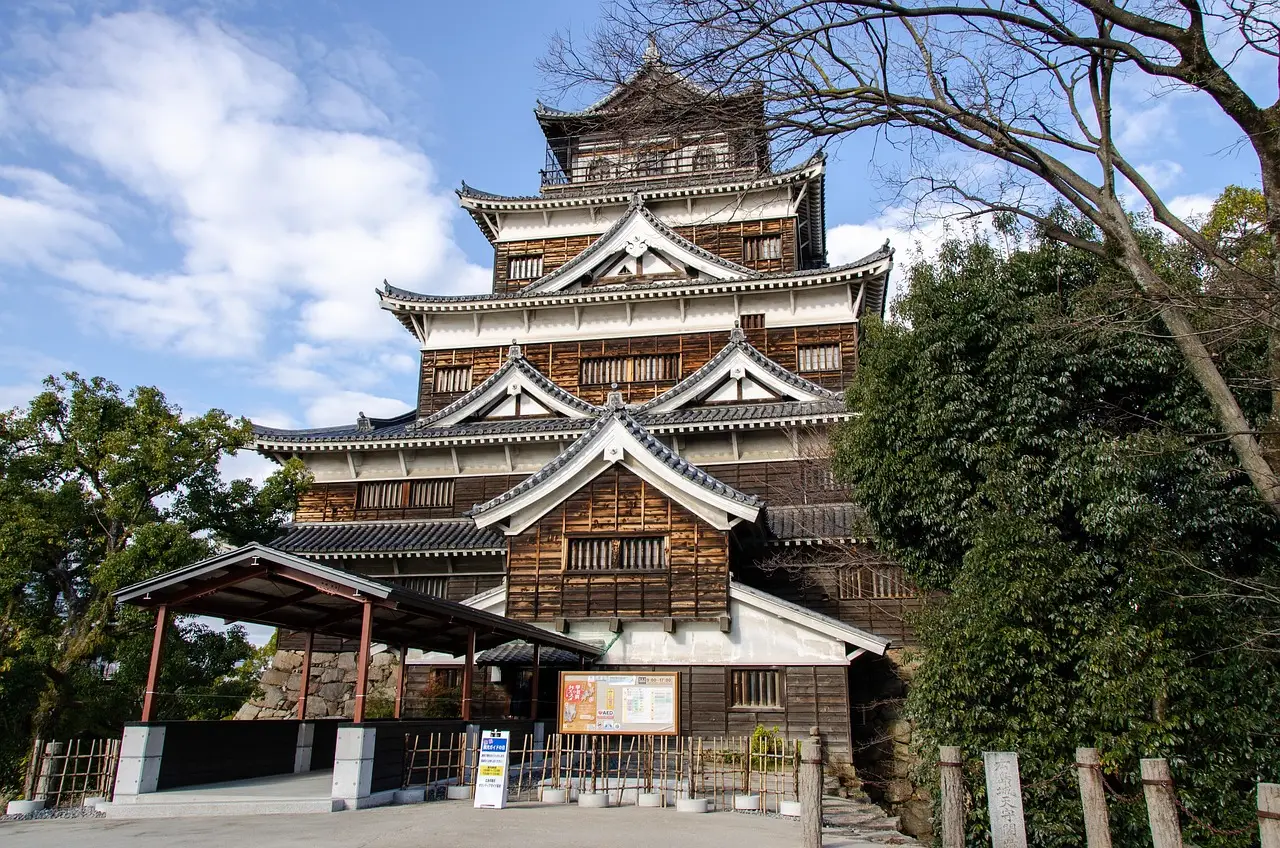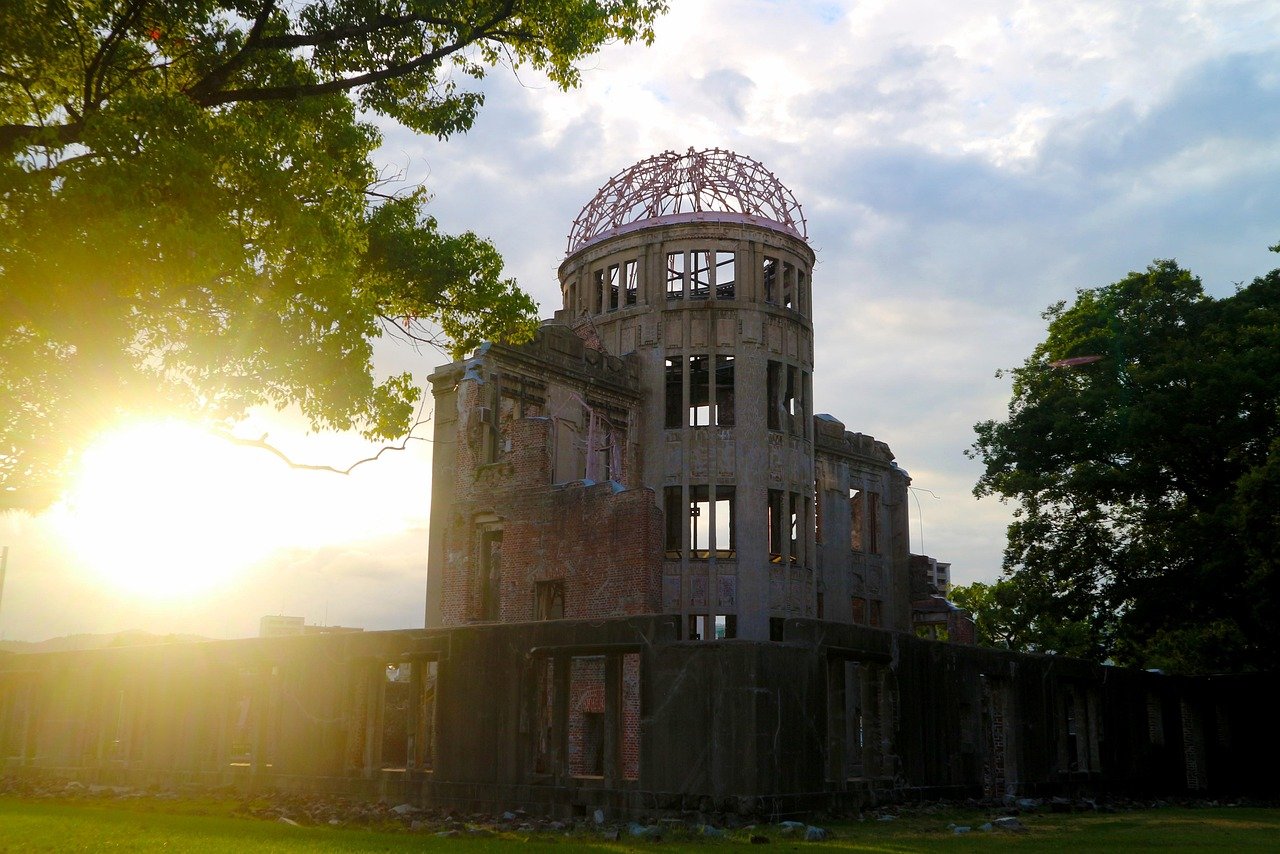The Overtourism Crisis in Japan’s Big Three
Tokyo, Japan’s bustling capital, welcomed over 14 million international visitors in 2019 before the pandemic hit, and numbers have been steadily climbing back toward that peak. The city’s neon-lit streets, sprawling shopping districts like Shibuya and Ginza, and iconic landmarks such as the Tokyo Skytree and Senso-ji Temple are must-sees for many. However, the sheer volume of tourists has led to packed public transportation, long lines at attractions, and a sense of commercialization that can overshadow the city’s charm. Shibuya Crossing, for example, has become less a cultural marvel and more a photo-op frenzy, with visitors clogging the intersection for Instagram-worthy shots.
Kyoto, the cultural heart of Japan, faces an even more acute problem. Known for its stunning temples, shrines, and geisha districts, Kyoto’s appeal lies in its preservation of traditional Japan. Yet, this very allure has turned serene spots like Fushimi Inari Shrine and the Arashiyama Bamboo Grove into overcrowded hotspots. The city’s narrow streets, once quiet and contemplative, now teem with tourists, straining local resources and frustrating residents. In 2019, Kyoto saw over 32 million visitors—far exceeding its population of 1.5 million. The influx has led to issues like littering, disrespectful behavior at sacred sites, and skyrocketing accommodation costs, making it harder for travelers to enjoy an authentic experience.
Osaka, famed for its vibrant food scene and lively atmosphere, is another victim of its own success. Areas like Dotonbori, with its dazzling billboards and street food stalls, are perpetually packed, leaving little room to savor the city’s laid-back charm. Osaka’s proximity to Kyoto and its role as a gateway to other Kansai-region attractions amplify the tourist pressure. While the city’s energy is infectious, the crowds can make it feel more like a theme park than a living, breathing metropolis.
The consequences of overtourism extend beyond inconvenience. Local ecosystems suffer from increased waste and foot traffic, cultural sites face wear and tear, and residents grow resentful as their daily lives are disrupted. Japan’s government and local authorities have taken steps to mitigate these issues—introducing tourist taxes, limiting access to certain areas, and promoting off-season travel—but the allure of these cities remains a double-edged sword.
Why Seek Alternatives?
Traveling to Japan doesn’t have to mean battling crowds or contributing to the strain on its most famous destinations. The country is brimming with lesser-known cities that offer rich history, stunning landscapes, and authentic cultural experiences—often with a fraction of the tourist traffic. By venturing off the beaten path, you can enjoy a more relaxed pace, connect more deeply with local life, and help distribute tourism’s economic benefits more evenly across Japan. Below are some remarkable alternatives to Tokyo, Kyoto, and Osaka that deserve a spot on your itinerary.
Alternatives to Tokyo
Sapporo
Located on the northern island of Hokkaido, Sapporo is a vibrant yet manageable city that rivals Tokyo’s urban appeal. Famous for its annual Snow Festival, where intricate ice sculptures light up the winter months, Sapporo offers a refreshing escape from the capital’s frenetic pace. The city’s wide streets and laid-back vibe make it easy to explore landmarks like the Sapporo Clock Tower, the historic Hokkaido Shrine, and the scenic Odori Park. Food lovers will delight in Hokkaido’s renowned cuisine, from fresh seafood to the hearty miso ramen that originated here. Beyond the city, day trips to the lavender fields of Furano or the hot springs of Noboribetsu provide a taste of Hokkaido’s natural beauty—all without the crushing crowds.
Read more
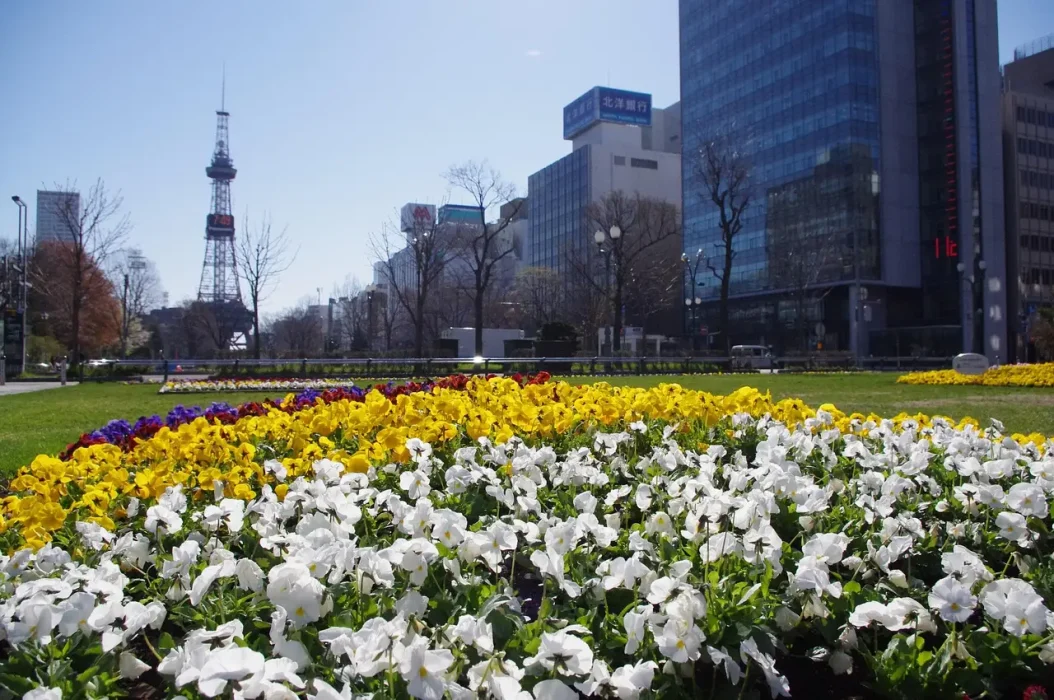
Sendai
Known as the “City of Trees,” Sendai in Tohoku is another fantastic alternative. Just a 90-minute shinkansen ride from Tokyo, it offers a blend of urban sophistication and historical charm. The Tanabata Festival in August transforms the city with colorful paper streamers, while sites like Zuihoden Mausoleum and Aoba Castle showcase its samurai heritage. Sendai’s proximity to Matsushima, one of Japan’s “Three Best Views” with its pine-covered islands, adds a scenic bonus. With fewer international tourists, Sendai feels welcoming and authentic, offering a quieter urban experience.
Read more
Alternatives to Kyoto
Kanazawa
Often dubbed “Little Kyoto,” Kanazawa in Ishikawa Prefecture captures the essence of traditional Japan without the overwhelming crowds. This coastal city boasts beautifully preserved samurai districts, the stunning Kenrokuen Garden (one of Japan’s “Three Great Gardens”), and the historic Kanazawa Castle. The Higashi Chaya District, with its wooden teahouses and geisha culture, rivals Kyoto’s Gion but feels far more intimate. Kanazawa is also a hub for artisanal crafts like gold leaf and Kaga-yuzen silk dyeing, giving visitors a hands-on connection to Japanese heritage. Pair a visit with a trip to the nearby Noto Peninsula for rugged coastlines and quaint fishing villages.
Read more
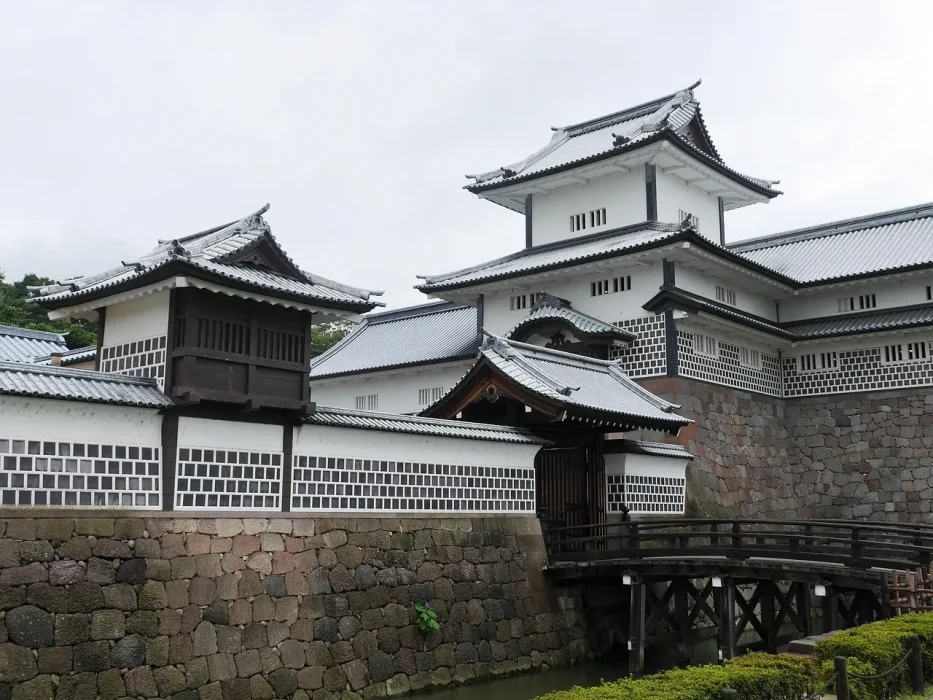
Nara
While Nara isn’t entirely unknown, it remains far less crowded than Kyoto despite its proximity (just 45 minutes by train). As Japan’s first permanent capital, Nara is a treasure trove of history, home to UNESCO World Heritage sites like Todai-ji Temple, with its massive Great Buddha, and the serene Kasuga Taisha Shrine, surrounded by lantern-lined paths. The city’s famous free-roaming deer add a whimsical touch to the experience. Nara’s compact size and peaceful atmosphere make it an ideal spot to soak in Japan’s spiritual side without the tourist crush.
Read more
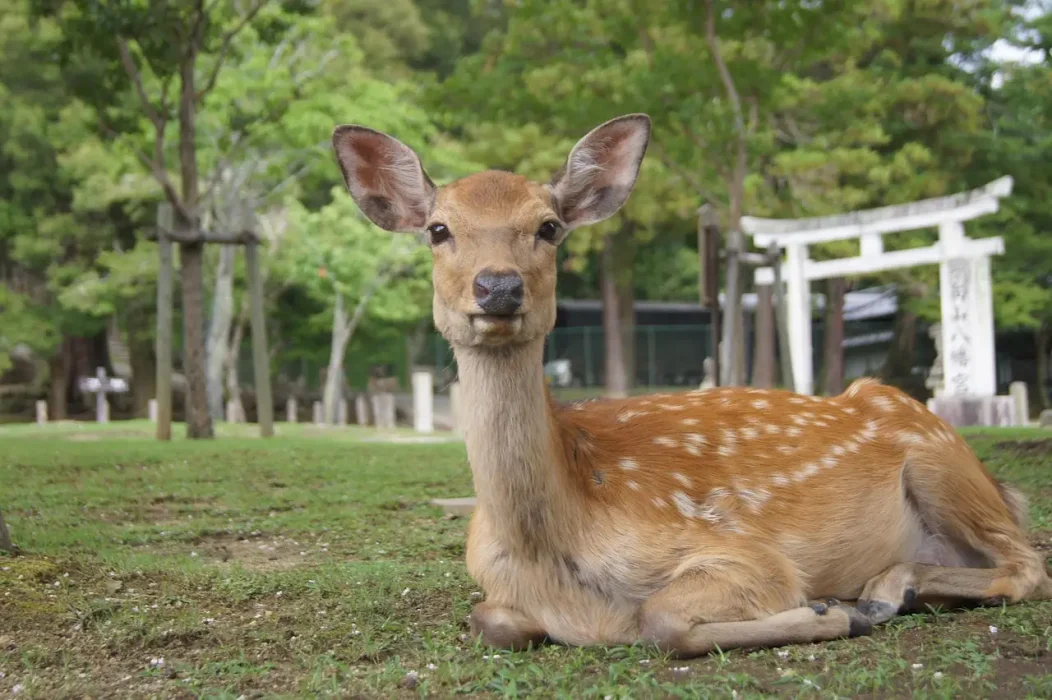
Alternatives to Osaka
Fukuoka
On the island of Kyushu, Fukuoka is a dynamic city that mirrors Osaka’s foodie culture and nightlife but with a more relaxed vibe. Known for its tonkotsu (pork bone broth) ramen served at yatai (street food stalls), Fukuoka offers a culinary experience that rivals Osaka’s without the shoulder-to-shoulder crowds. The city blends modern skyscrapers with historic sites like Fukuoka Castle and the tranquil Ohori Park. Its coastal location also makes it a gateway to Kyushu’s hot springs, volcanic landscapes, and beaches. Fukuoka’s friendly locals and lower tourist numbers make it a refreshing alternative.
Read more
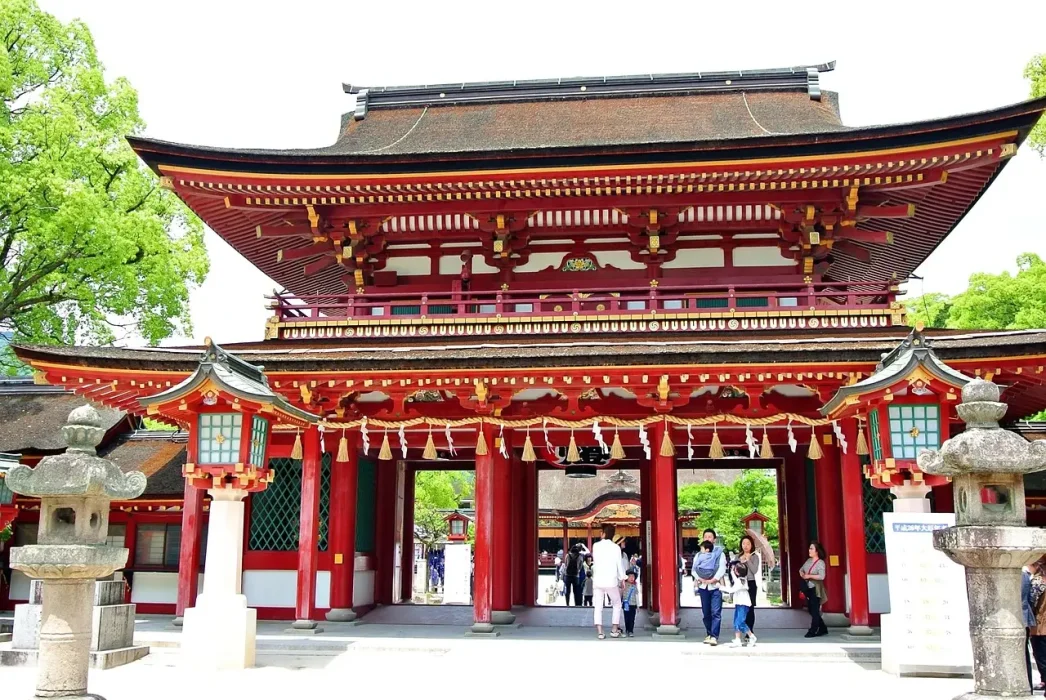
Kobe
Just 30 minutes from Osaka by train, Kobe offers a sophisticated yet approachable alternative. Famous for its namesake beef, Kobe combines a cosmopolitan port-city feel with natural beauty, thanks to its setting between the Rokko Mountains and the sea. The Kitano Ijinkan district, with its preserved Western-style homes, and the scenic Meriken Park waterfront provide a unique flavor distinct from Osaka’s urban sprawl. Hike Mount Rokko or soak in the nearby Arima Onsen for a relaxing escape—all while avoiding the congestion of its neighbor.
Read more
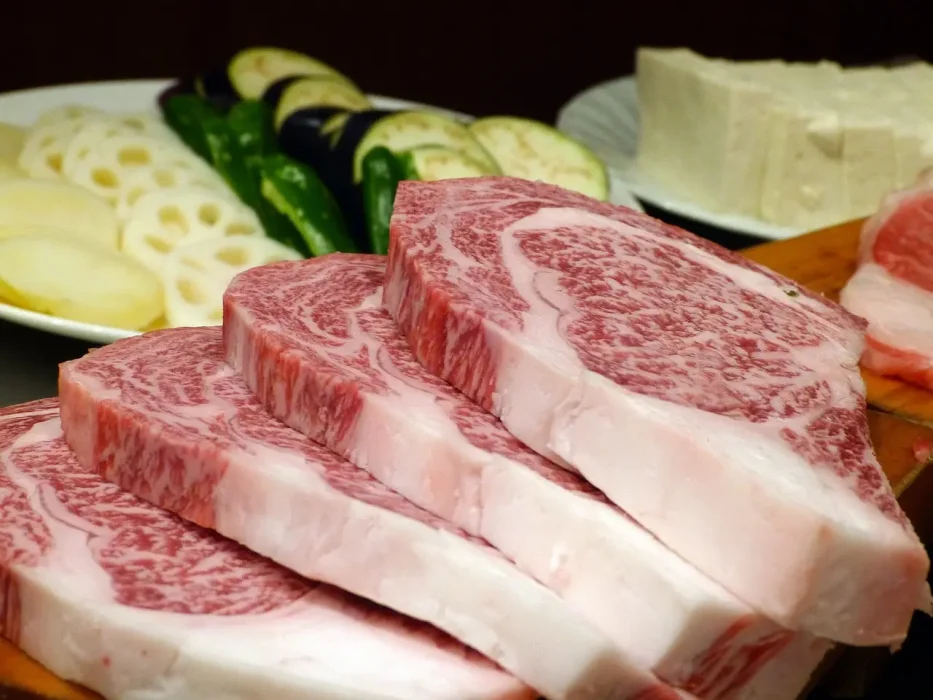
Hiroshima
Further west, Hiroshima stands out as a city of resilience and reflection, offering a profound alternative to Osaka’s high-energy bustle. Known for the Peace Memorial Park and Atomic Bomb Dome, Hiroshima provides a moving historical experience that invites contemplation rather than chaos. Beyond its past, the city thrives with a lively downtown, delicious local cuisine like Hiroshima-style okonomiyaki (a savory pancake), and easy access to the picturesque island of Miyajima. Miyajima’s floating Torii gate of Itsukushima Shrine, a UNESCO World Heritage site, is one of Japan’s most iconic sights yet remains less crowded than Osaka’s hotspots. Hiroshima balances urban life with a slower, more meaningful pace.
Read more
Conclusion
Japan’s most popular cities—Tokyo, Kyoto, and Osaka—are undeniably spectacular, but their battle with overtourism highlights the need for travelers to explore beyond the obvious. Cities like Sapporo, Kanazawa, Fukuoka, and Hiroshima, offer a chance to experience Japan’s rich tapestry of culture, history, and modernity in a more intimate, sustainable way. By choosing these alternatives, you’ll not only escape the crowds but also discover a side of Japan that feels untouched and authentic. So, the next time you plan a trip to the Land of the Rising Sun, consider venturing off the well-trodden path—you might just find your own personal slice of Japanese magic.
Tips for Sustainable Travel in Japan
Wherever you choose to go, adopting sustainable travel habits can enhance your experience and reduce your impact. Visit during shoulder seasons (spring and autumn outside cherry blossom and peak foliage times) to avoid peak crowds. Use Japan’s excellent public transportation—shinkansen, buses, and local trains—to reach these alternative destinations efficiently. Engage with local communities by staying in family-run ryokans or minshuku, shopping at small businesses, and respecting cultural norms. Finally, spread the word about these hidden gems to help balance tourism across Japan.


